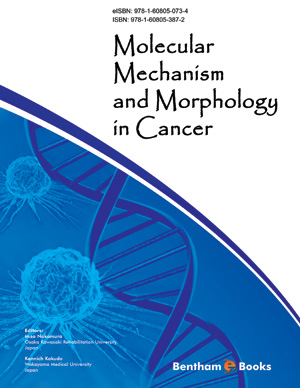Abstract
Chromosomal rearrangements were previously thought to be primarily the oncogenic mechanism of hematologic malignancies and sarcomas. Recently, recurrent gene fusions have been identified in the majority of prostate cancers involving E26 transformation-specific (ETS) family members of transcription factors. The most common fusion, TMPRSS2-ERG, is present in approximately 50% of prostate-specific antigen (PSA)-screened localized prostate cancer and in 15-30% of population-based cohorts. The prostate cancer gene fusions that have been identified thus far are characterized by 5' genomic regulatory elements, most commonly controlled by androgen, fused to members of the ETS family of transcription factors, leading to the overexpression of oncogenic transcription factors. To date, a growing body of evidence suggests that ETS gene fusions may define a distinct molecular class of prostate cancer. In this review, I summarize the discovery, characterization and detection of the ETS gene fusions, current understanding of their roles in prostate cancer biology, association with prognosis as well as morphological aspect from the point of view of pathology.






















